|
Since its Women’s History Month, I decided to seek out a leading businesswoman in Frederick’s distant past. There are plenty out there to choose from, but unfortunately most have not graced the pages of Frederick’s history annals. Information is scarce. One such that did, Mrs. Catharine Kimball (1745-1831), has held my interest for quite some time as a prominent tavern-keeper dating back to the Colonial era. Another woman (in the mid-late 19th century) seemed to jump off the pages of old newspapers at me with countless advertisements boasting her popular millinery business located in downtown Frederick. Her name was Elizabeth Jane Eldridge (1815-1895). Mrs. Kimball Frederick has been a popular hospitality center since its inception in 1745, welcoming travelers and visitors as an important crossroads town and commercial center. Few taverns have been praised more in the history books than that of Mrs. Catharine Kimball, who operated “the sign of the Golden Lamb.” Kimball served as her inn’s proprietor for over thirty years. Catharine Kimball was born Catharina Margaretha Grosh in Mainz, Germany on September 10th, 1745. She was the daughter of Johann Conrad Grosch and Maria Sophia Gutenberger. Interestingly, Kimball’s birthdate is the accepted birthdate for Frederick Town as well. The family, including Catharine’s brother and sister, arrived in America in 1748. It appears that she married William Kimball, a saddler by profession, in the early 1760s but this gentleman seems to vanish from the record by mid-decade. The couple had at least one child, Maria Barbara, born May, 1763. Three of Catharine’s brothers took part in the American Revolution. Her sister Mary (Grosch) Beatty would become the mother-in-law of Maj. Nathaniel Rochester (1752-1831), when the latter married Catharine’s niece Sophia Beatty. The namesake of Rochester, New York and his wife would give one of their daughters the moniker of Catharine Kimball Rochester (1799-1835). Mrs. Kimball’s father had started the location as a tavern and Catharine took charge at the time of his death in 1793. Here, many a famous guest, including Thomas Jefferson, had lodged. The hostelry also had a reputation for hosting many of the town’s important social events. According to Frederick legend, a young Barbara (Hauer) Fritchie is said to have served George Washington tea from a favorite, family china set. Catharine Kimball’s tavern would be sold in the late 1820s to Joseph Talbott who changed the name eventually to the City Hotel. Nearly a century later, in the early 20th century, the Francis Scott Key Hotel would sit on this site. Today, the former home of Mrs. Kimball’s fabled establishment boasts luxury apartments.  I wrongly assumed to find Mrs. Kimball here in Mount Olivet. I mistook her to be an Episcopalian, which she clearly was not. I soon recalled her maiden name and realized her father, Conrad Grosch, was one of the earliest, and most influential, settlers of town and served as a prime force in building a new home and place of Lutheran worship in the early 1760s. Catherine is buried behind Evangelical Lutheran Church on East Church Street. So, not a Mount Olivet “Story in Stone,” since she’s not here, but at least I gave her an important “shout-out” during this special month honoring women. Mrs. Eldridge Unlike Mrs. Kimball, I found Elizabeth Jane Eldridge in our cemetery’s Area C/Lot 91. However, I had a much easier time discovering info on Kimball’s early life and vital info compared to that of Mrs. Eldridge. Here was a lady whose advertisements filled local papers for nearly 40 years. It has frustrated the heck out of me as all I’ve only really been able to learn about her past from a few things gleaned from the 1850 census. This constitutes an “epic fail” as the kids say these days. Elizabeth Jane Eldridge was born in Virginia in 1815. I’m guessing she met her husband in Loudoun County, VA as he was employed on the Potomac River, but I really have no idea. I haven’t been able to narrow down her exact birthdate, birth location, maiden name or any family members on her respective familial side (parents, siblings). This info is not in our cemetery records, or any that I have searched through otherwise. Elizabeth likely met her husband, William “Clarke” Eldridge, in the nearby area/region because of a clue taken from that very same census of 1850. The Eldridges are found living in Medleys, Maryland, better known to us today as the vicinity of Poolesville in northwestern Montgomery County. Clarke Eldridge was born in Vermont in, or about, 1807. His profession is listed as that of “canaller.”  When I say canaller, I’m referring to the operator of a canal boat, one that would have traveled specifically on the Chesapeake & Ohio Canal which stretched from Georgetown in the District of Columbia to Cumberland, Maryland—184.5 miles in length. The commerce marvel was begun in 1828 (at Georgetown) and reached Frederick in the early 1830s. Apparently, Mr. Eldridge would serve as a contractor for canal section 126 (between Edwards Ferry and Berlin (Brunswick)) in the summer of 1832. Clarke Eldridge would also serve as an assistant superintendent of this stretch as I found repair reports written in his hand in 1843. In the US census of 1840, Clarke is shown as a resident of Petersville District of Frederick County, living with what appears to be a young son and wife. This correlates well with another newspaper advertisement in the Baltimore Sun in 1843 in which Clarke is inquiring of the public about information about a missing horse that was stolen from his horse stable. From an advertisement, found in an 1845 newspaper from Alexandria (VA), it appears that two of Mr. Eldridge’s prime shipments were tobacco and livestock from northwestern Montgomery County at the location of the Monocacy Aqueduct’s eastern approach at mile marker 42.2. The aqueduct, itself, is the largest of 11 featured along the old transportation system and has been called an icon of American civil engineering. In my research, I was fortunate to have found another online source that chronicled deliveries on the canal in the waning years of the 1840s. Clarke Eldridge was transporting a wide variety of goods ranging from lumber, anthracite coal and plaster to groceries, corn, salt and dry goods such as boots and shoes. I stumbled upon a copy of Thomson’s Mercantile and Professional Directory of 1851 which listed our subject, Mrs. Eldridge, in the profession of a “milliner.” Sometime before 1856, the Eldridges moved to Frederick. Frederick diarist Catherine Susannah Thomas Markell penned a short passage in April of 1856 that she was attending Mrs. Eldridge’s store opening. The two women were neighbors and seem to have become good friends as well. In 1860, the Eldridges are found living in Frederick on West Patrick Street on the southside of the famed “bend” in the street. For long-time Fredericktonians, the house would have been located at the west end of the count courthouse and the former parking area of Delphey’s Sporting Goods, and the lane that went back to other commercial units and the McClellan Veterinary Clinic. Today, this area is best illustrated as the driveway between the courthouse and the West Patrick Street Parking Garage. In the 1860 census, Clarke Eldridge is listed as a merchant, and Elizabeth as a milliner. The previous two years (1859) featured newspaper advertisements for both of their respective businesses. Clarks was on the northwest corner of Bentz and West Patrick streets. Mrs Eldridge ran her business out of her home at No. 60 (today this would be No. 122), geographically situated at the bend in West Patrick. Clarke partnered with a gentleman named Jacob Henry Grove (1793-1878) and ran a grocery and hardware store. Elizabeth was a milliner, a term many are unfamiliar with in this day and age. It was a fancy term for a seller of stylish women’s hats. Of course, today, we seldom see women wearing headgear, and outside uniform accoutrements and baseball hats, men don’t don them like we use to. The Eldridges had two known children per the census: William Clark (b. 1840) and Emory Olin (b. 1852). The 1860 census also showed that other tenants living with the Eldridges included three young ladies employed as milliners, an random 11 year-old girl, and a 14 year-old black servant named Fannie Holland. I checked the background on the 11-year old and other milliners hoping that I may get a clue to Elizabeth’s background with one of these being kinfolk. I got absolutely nowhere after several hours of work. I did learn that Elizabeth was one of the Sunday school managers of the town’s Methodist Episcopal Church congregation. 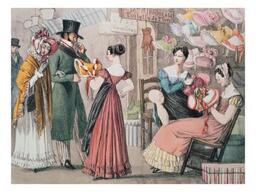 Since info is so slim on Elizabeth, perhaps I should explain the origin of the word “milliner.” Here’s what I found on the internet (Wikipedia): A probable origin of millinery as an occupation is suggested by the etymology of the word "milliner." The Oxford English Dictionary states as the primary definition, "a native or inhabitant of Milan (Spain)." In reference to the occupation the second definition, denoted as obsolete, is "a vendor of ’fancy' wares and other articles of apparel, such as were originally of Milan manufacture, e.g. ’Milan bonnets,’ ribbons, gloves, cutlery." In A Dictionary of the English Language, Samuel Johnson derived "milliner" from "Milaner, an inhabitant of Milan," and defined the subject as "one who sells ribands and dresses for women." Thus, the products of Milan seem to have been related closely to the activities of early milliners. Purveyors of like products in England in the 1600s and 1700s became known by this name and it carried forward to those of the profession in the colonies. Competition It was interesting to learn that Mrs. Eldridge was not the only milliner in town. In fact she faced competition from a gentleman named Henry Goldenberg, and three other women: Miss Sarah J. Vermillion, Miss A. J. Stevens and Mrs. Catherine Elizabeth Tucker. I don’t really care about telling you about Mr. Goldenberg because its Women’s History Month and all, but I promise to tell you his interesting (and tragic) story another day. As for Miss Vermillion, she was born in 1812 and lived in the first block of East Church Street. She would pass in June, 1876 in Baltimore and is buried in Mount Olivet’s Area E/Lot 71 within a plot owned by the Keturah Hayes family with whom she lived while here in Frederick. Miss Anna Jane Stevens appears to have come to Frederick by way of Baltimore where her mother was a seamstress. Born around 1830, she may have wanted to test the waters out in Frederick and set up shop on North Market Street in the early 1860s. Perhaps it seemed a safer choice as her hometown of Baltimore was under martial law at the time with the guns of Federal Hill pointing down on the city. While here in Frederick, she met her future husband George W. Mark, who worked as a fireman for the Baltimore & Ohio Railroad. Mr. Mark’s parents are buried here in Mount Olivet. It seems Miss Stevens abruptly left Frederick around 1868/69 and reemerged in early 1871. I found an announcement of her wedding in November, 1870 to Mr. Mark. However in the 1870 census, she is living with her mother in Baltimore, and Mr. Mark was a boarder in a hotel. Of great interest is the fact that living with George Mark is a one-year-old baby named Viola. The birth predates the wedding, so I’m curious if Miss Stevens ducked out of Frederick and took up residence because of the stigma attached at the time to having a child out of wedlock? Mrs. Stevens-Mark would eventually move with her new husband to West Virginia as he continued his work with the railroad. They would eventually take up residence in Philadelphia where her husband would die in 1908. Anna would live until 1923, however the census records don’t reveal whether she ever picked up professional millinery work again after she got married. She is buried in Philadelphia’s Mount Moriah Cemetery. Mrs. Catherine (Kephart) Tucker was born in Frederick around 1819. She married husband William J. Tucker in 1840. Mr. Tucker was a master carpenter and native of Frederick. Mrs Tucker was the mother of four children and is listed as a milliner in the 1860 census. She was aided in her business by sister Caroline Kephart. However, it seems that they were out of business by the middle of the decade. By 1870, it appears that Clarke Eldridge changed professions, albeit briefly. He is listed as a contractor for the railroad, the chief competitor against his old C&O Canal profession. I’ve struggled to find out more about this railroad venture, but this is certainly fitting since he had a like contracting job with the canal a few decades earlier. Two major events affected the Eldridge family and business. It likely had an impact on Mrs. Eldridge’s previously mentioned competitors as well. The first was the American Civil War. At war’s end, the family appear to have moved the business location out of their home and back up Patrick Street to No. 34 West Patrick which was a former building that stood on the southeast corner of the intersection of Brewers Alley (today’s South Court Street) and West Patrick. Today, you will find the Patrick Center, home to several financial-oriented firms, which overlooks the County Courthouse. Ironically, the Eldridge Store faced the City Hotel, former tavern of Mrs. Catharine Kimball. In February 1866, court records show that Elizabeth bought out the business venture of her son (William C.) and took over the entirety of the store including its contents. She seems to have enlarged her dry goods business with a focus on women’s clothing. Son William was working for her as a clerk. A second event of note came in late July 1868 as a terrible flood hit Frederick, doing its worst damage to the commercial entities and private homes between Brewers Alley and the iron bridge going over Carroll Creek. The famed Barbara Fritchie house was so damaged that it would be condemned and later demolished. The Eldridge home had to have taken in much damage. Diarist Jacob Engelbrecht says the family had lost a new wall constructed to the rear of their home and I am guessing this was perhaps for an addition being built as their back yard stretched all the way to Carroll Creek. Whatever the extent of the damage done by this flood, Mrs. Eldridge entered into a business partnership with a gentleman named John Marshall Landis (1837-1920) by century’s end. Landis was a retired grocer turned boot and shoe salesman. Advertisements now proclaimed the business as Eldridge & Landis. By 1870, Elizabeth was still operating her own business at this time. Her younger son, Emery O. Eldridge was attending Dickinson College in Carlisle, PA and then would head to New Jersey’s Drew Theological Seminary in 1872-73. Rev. E. O. Eldridge was ordained in 1875 as a Methodist Episcopal Church minister. He would preach throughout the country. In the early 1880s, he was in nearby Emmitsburg and would have stints in Winchester (VA), Baltimore and ended his career in churches located in Medford and Portland, Oregon. This same 1870 census shows two employees of the business living with the family in Elizabeth Sencil and Ella Stevens. Stevens may have had a connection to rival milliner Miss A. J. Stevens mentioned earlier. She would marry a gentleman named Isaac Shipley in 1871 and move to Baltimore. Miss Sencil would become the bride of William C. Eldridge. The 1880 census shows the Eldridge family still living on West Patrick, operating their business with Clarke back at the helm, at least on paper. Son William is living with them, along with his wife. Three other boarders are also shown here, all employees of the store as well. One such, Cecilia Peters, had been with the Eldridges working as a milliner for over twenty years. I again have an outside hunch she could have a familial connection, but have come up with nothing. Mourning Ware Clarke Eldridge died in August, 1887 after reported to have been in poor health for several years. It’s not known when he stepped away from the business, but an advertisement in Frederick newspapers of 1885 still attributes Mrs. E. J. Eldridge as the sole proprietor. Mr. Eldridge was buried in Mount Olivet’s Area C/Lot 91. The service was presided over by son Rev. Emory Olin Eldridge. The family plot had been purchased four years earlier for the burial of an infant grandson. Its easy to say that this site would see many a mourning bonnet over the next decade, most likely made by the talented hands of Mrs. Eldridge, herself. Mrs. Eldridge would operate her business until 1893, at which time she is found selling off dry goods and liquidating her personal assets. Son William C. Eldridge would run the dry goods/millinery business that his mother had faithfully established at a new location, No. 14 West Patrick. Today this is the site of the Verbena Salon & Spa. Elizabeth Jane Eldridge would live out her final days in Frederick, passing at the age of 80 on April 30th, 1895. Again, Rev. Eldridge would come back to town and help officiate the burial of a parent. The local newspaper took the opportunity to ask him his thoughts about Frederick while here. I’m sure the Eldridge plot held additional significance to the clergyman because it held the graves of his mother-in-law, Anna M. (Ireland) Yoe (1828-1906) who died at her residence in Washington, DC. Rev. Eldridge’s infant sons William Yoe Eldridge (d. 1883) and Robert Clark “Robbie” Eldridge (d. 1890) and an un-named baby (d. 1891) are also resting here. William Clark Eldridge died in 1896, and his widow Elizabeth Sencil Eldridge lived until 1919. Rev. Emery Olin Eldridge died the following year (1920) in Oregon and is buried there. One remaining individual here in the Mount Olivet plot is Ann Cecelia Peters, the longtime millinery assistant who lived with the family from 1850 until her death in 1892.
0 Comments
Leave a Reply. |
STORIES
|
Archives
July 2024
June 2024
May 2024
April 2024
March 2024
February 2024
January 2024
December 2023
November 2023
September 2023
August 2023
July 2023
June 2023
May 2023
April 2023
March 2023
February 2023
January 2023
December 2022
November 2022
October 2022
September 2022
August 2022
July 2022
June 2022
May 2022
April 2022
March 2022
February 2022
January 2022
December 2021
November 2021
October 2021
September 2021
August 2021
July 2021
June 2021
May 2021
April 2021
March 2021
February 2021
January 2021
December 2020
November 2020
October 2020
September 2020
August 2020
July 2020
June 2020
May 2020
April 2020
March 2020
February 2020
January 2020
December 2019
November 2019
October 2019
September 2019
August 2019
July 2019
June 2019
May 2019
April 2019
March 2019
February 2019
January 2019
December 2018
November 2018
October 2018
September 2018
August 2018
July 2018
June 2018
May 2018
April 2018
March 2018
February 2018
January 2018
December 2017
November 2017
October 2017
September 2017
August 2017
July 2017
June 2017
May 2017
April 2017
March 2017
February 2017
January 2017
December 2016
November 2016









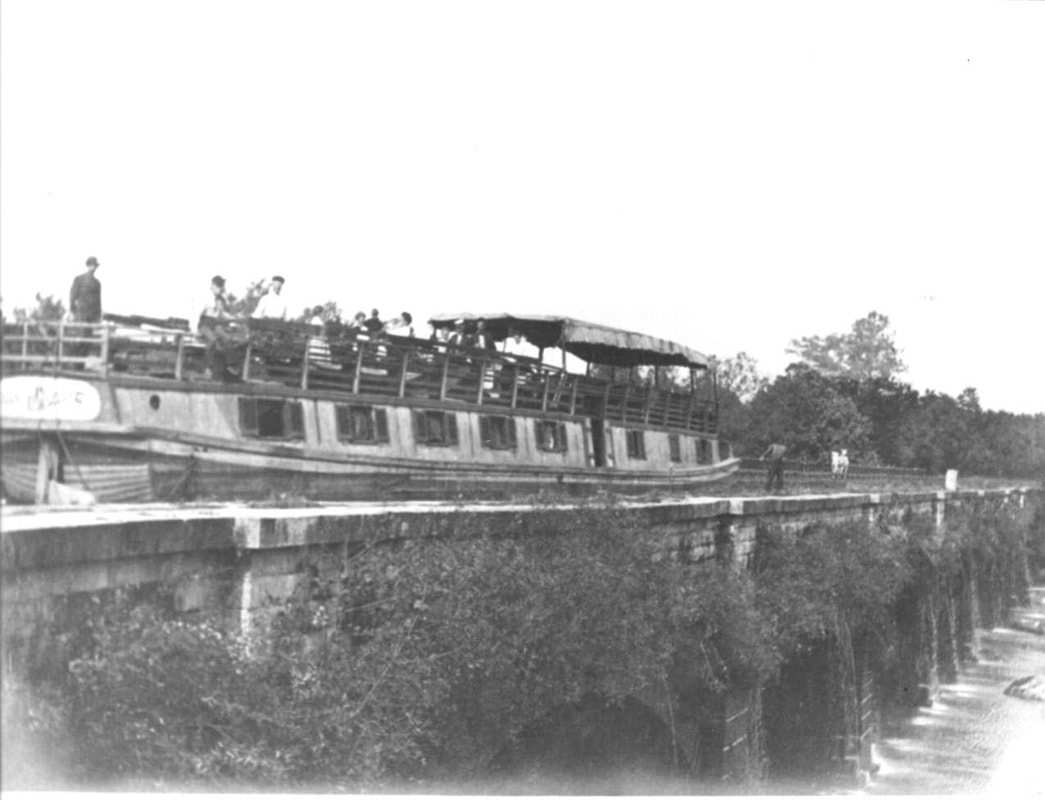



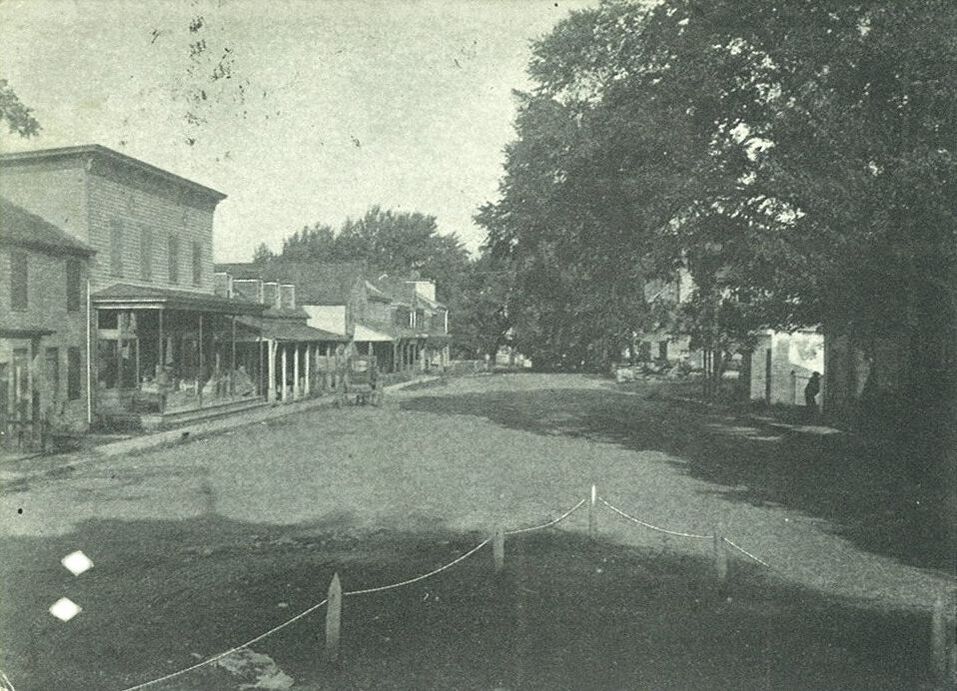

















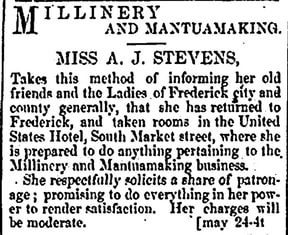





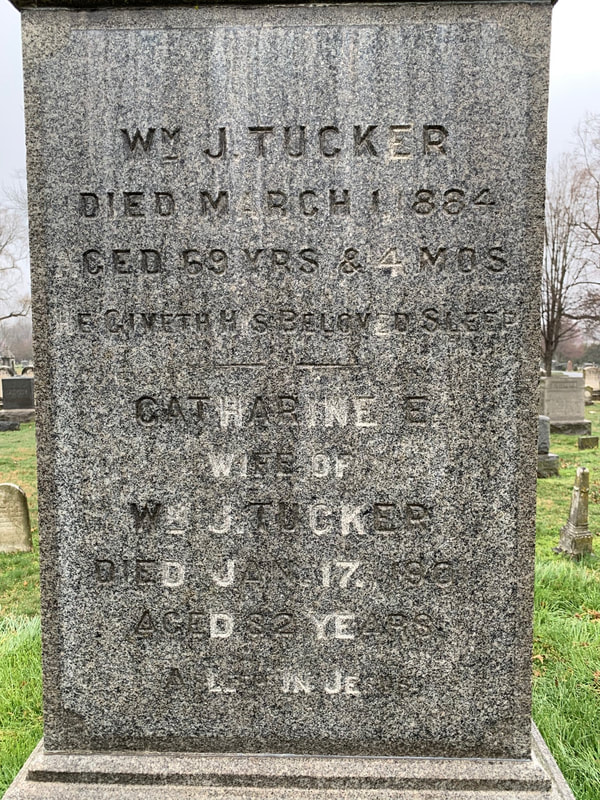
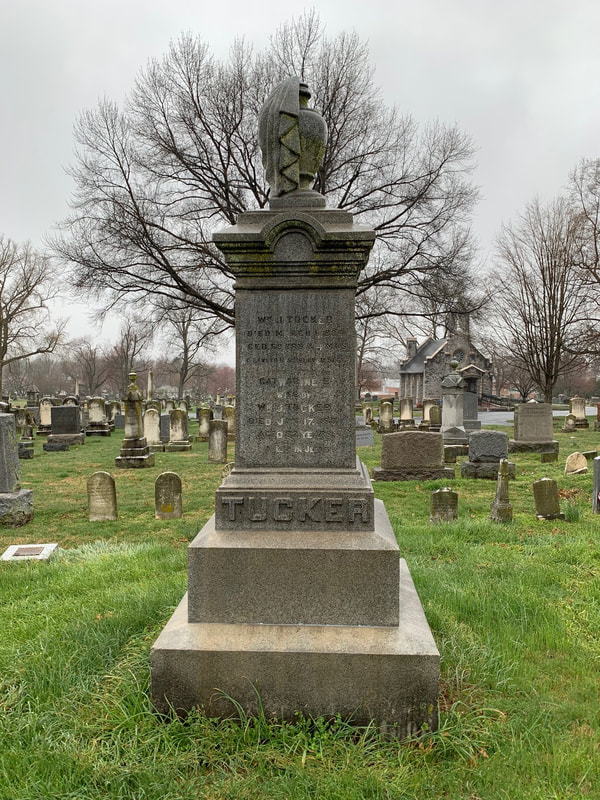











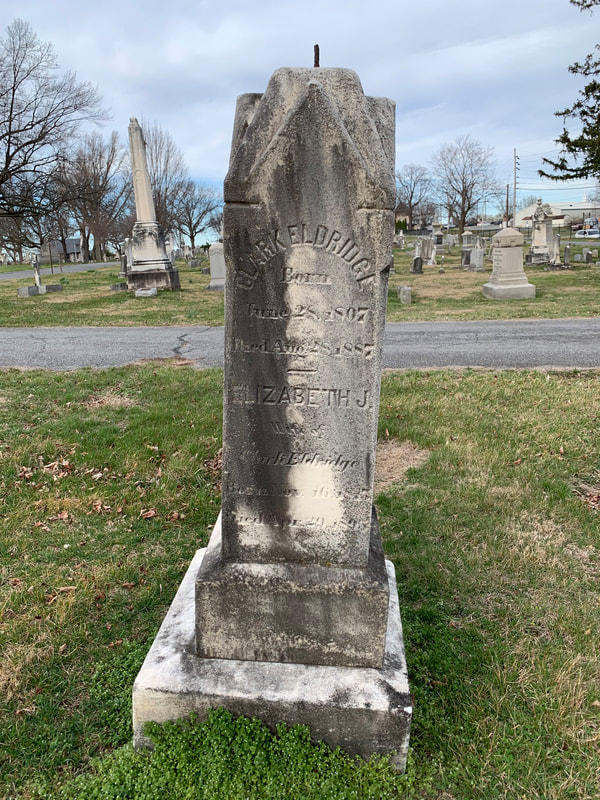






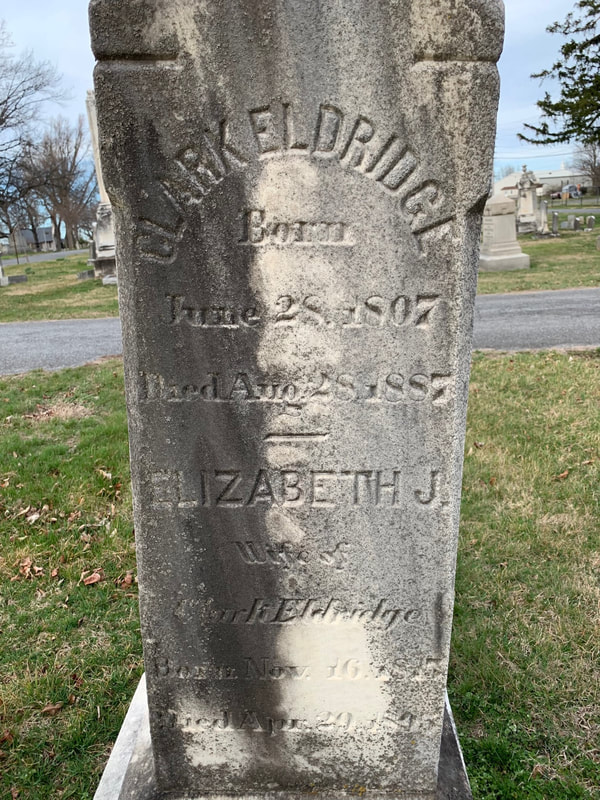






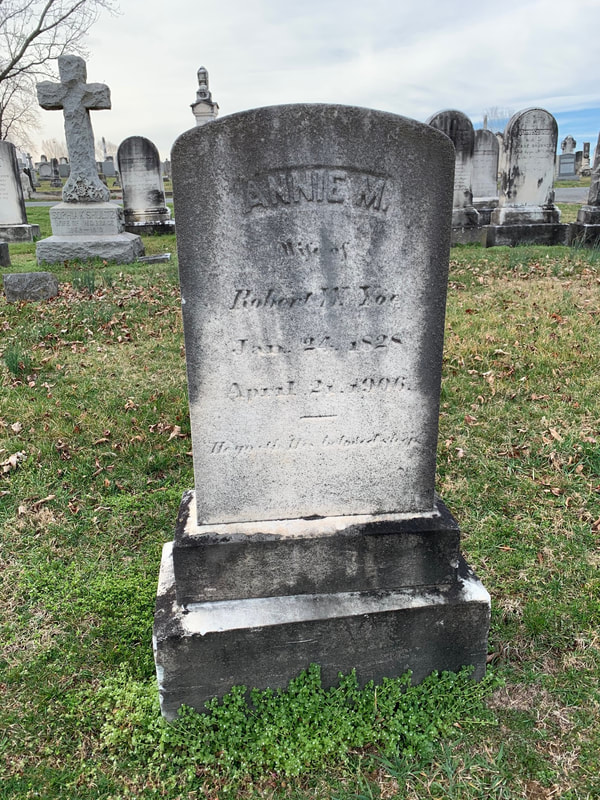



 RSS Feed
RSS Feed